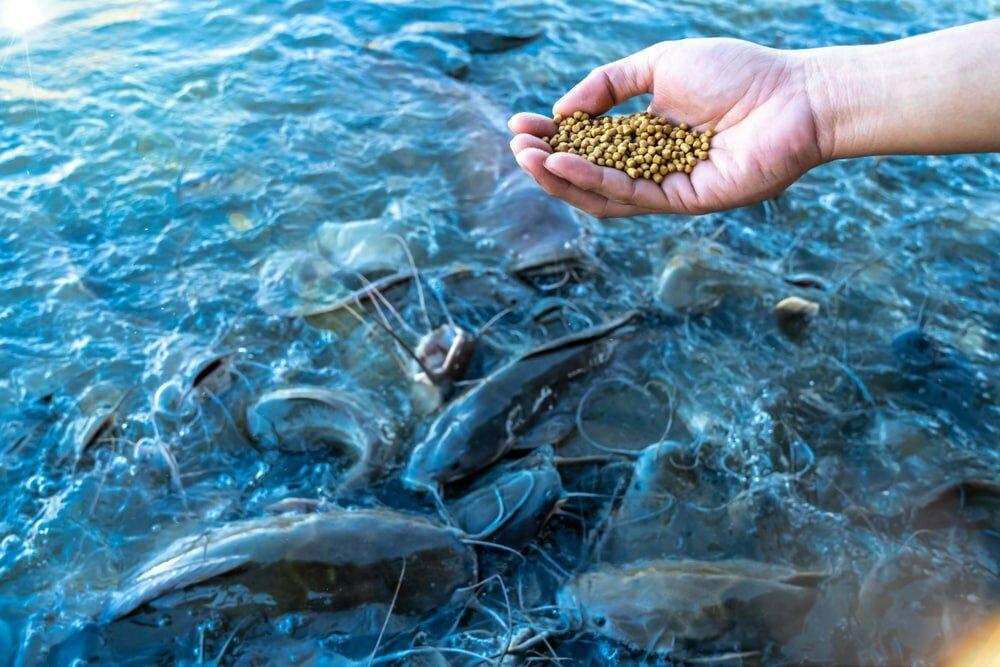The aquaculture feed market is an essential component of the global seafood industry, driven by increasing demand for sustainable and high-quality seafood. As competition intensifies, stakeholders must adopt effective strategies to navigate the complexities of this dynamic market. This article explores key strategies for growth within the aquaculture feed sector, focusing on innovation, sustainability, partnerships, and market expansion.
1. Emphasizing Innovation
1.1. Advanced Feed Formulations
Innovation in feed formulations is crucial for meeting the diverse nutritional needs of various aquaculture species. Developing specialized feeds that optimize growth rates, improve feed conversion ratios, and enhance fish health can set a company apart in the market. By investing in research and development, feed manufacturers can create tailored products that cater to the specific requirements of different fish and shellfish species.
1.2. Incorporating Functional Ingredients
The use of functional ingredients such as probiotics, prebiotics, and natural antioxidants is becoming increasingly important. These additives can enhance the nutritional value of the feed, improve fish health, and reduce the need for antibiotics. By incorporating these innovations, companies can appeal to health-conscious consumers and position their products as superior in quality.
1.3. Technology-Driven Solutions
Adopting technology-driven solutions such as precision feeding systems can significantly improve efficiency and sustainability. Automated feeding technologies optimize feed use, reducing waste and lowering production costs. By leveraging data analytics and artificial intelligence, aquaculture feed producers can monitor feeding patterns and adjust formulations to enhance growth and health outcomes.
2. Focusing on Sustainability
2.1. Sourcing Sustainable Ingredients
As consumers become more environmentally conscious, the demand for sustainably sourced feed ingredients is rising. Feed manufacturers should prioritize the use of alternative proteins, such as insect meal and plant-based sources, to reduce reliance on traditional fishmeal. Establishing transparent supply chains and sourcing locally can further enhance sustainability efforts and appeal to eco-minded consumers.
2.2. Implementing Circular Economy Practices
Adopting circular economy practices, such as recycling waste products into feed formulations, can create a more sustainable aquaculture feed industry. Utilizing by-products from food processing or agriculture not only reduces waste but also lowers raw material costs. Companies that embrace circular economy principles can differentiate themselves and strengthen their market position.
3. Building Strategic Partnerships
3.1. Collaborations with Research Institutions
Forming partnerships with research institutions can drive innovation and improve product development. Collaborations can facilitate access to cutting-edge research, enabling companies to stay ahead of market trends and consumer demands. Joint ventures can also provide valuable insights into emerging feed technologies and sustainability practices.
3.2. Engaging with Aquaculture Producers
Building strong relationships with aquaculture producers is essential for understanding their needs and preferences. By collaborating closely with farmers, feed manufacturers can tailor their products to specific growth conditions and species. This engagement fosters loyalty and creates opportunities for joint marketing efforts, enhancing brand visibility.
3.3. Industry Alliances
Participating in industry associations and alliances can provide valuable networking opportunities and access to market intelligence. These collaborations can facilitate knowledge sharing, promote best practices, and enhance advocacy efforts for sustainability within the aquaculture sector.
4. Expanding Market Reach
4.1. Targeting Emerging Markets
As global seafood demand rises, emerging markets present significant growth opportunities for aquaculture feed manufacturers. Countries in Africa and Latin America are increasingly investing in aquaculture, creating demand for high-quality feed. By understanding local preferences and adapting products accordingly, companies can successfully enter these markets.
4.2. Diversifying Product Offerings
Diversifying product offerings to include value-added products can enhance market presence and revenue streams. Developing ready-to-eat seafood products or specialized feeds for niche markets can attract new customers and differentiate a brand in a competitive landscape.
4.3. Strengthening Distribution Channels
Optimizing distribution channels is crucial for ensuring timely delivery and product availability. Establishing partnerships with distributors and retailers can enhance market penetration and visibility. Additionally, investing in e-commerce platforms can help reach a broader audience, catering to changing consumer shopping behaviors.



